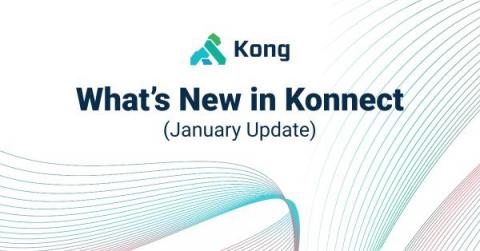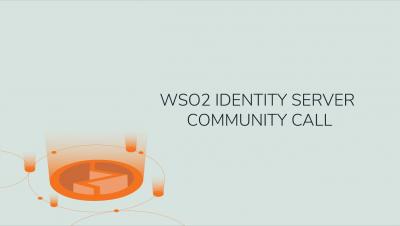New in Kong Konnect: Support for Okta + More Portal Customization
In February 2021, we announced the GA of Kong Konnect, the first cloud native service connectivity platform that gives organizations the flexibility of protecting their API and service traffic while simultaneously taking advantage of 10x ops improvements via the cloud control plane.











